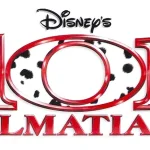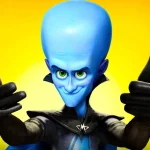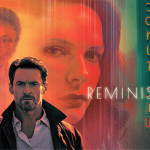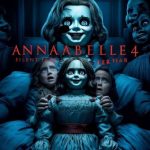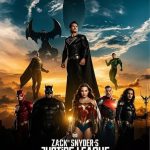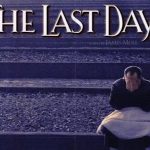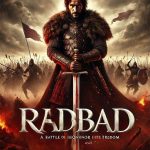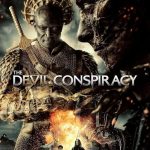“The Hobbit: The Desolation of Smaug (2013)”
- movieslovers
- November 17, 2024
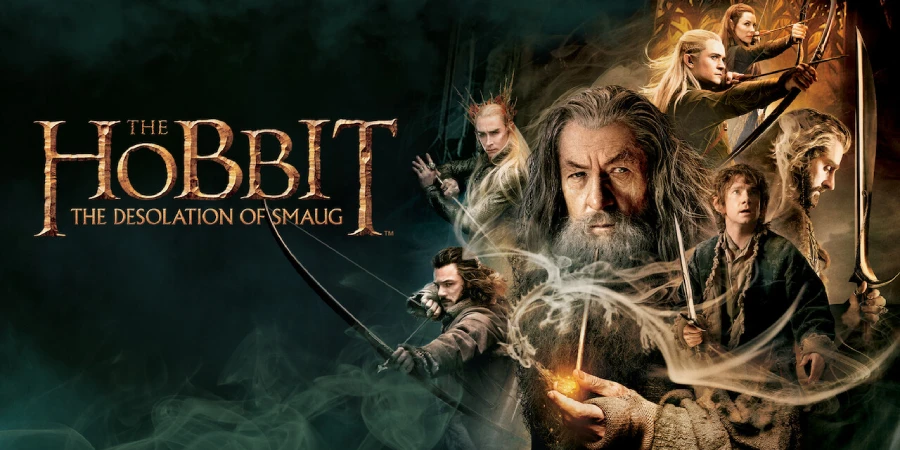
Review of The Hobbit: The Desolation of Smaug (2013)
General Information
- Director: Peter Jackson
- Main Cast:
- Martin Freeman (Bilbo Baggins)
- Ian McKellen (Gandalf the Grey)
- Richard Armitage (Thorin Oakenshield)
- Benedict Cumberbatch (Smaug, voice)
- Evangeline Lilly (Tauriel)
- Lee Pace (Thranduil)
- Orlando Bloom (Legolas)
- Aidan Turner (Kili)
- Genre: Fantasy, Adventure
- Runtime: 161 minutes
Plot
In the second film of The Hobbit trilogy, The Desolation of Smaug, Bilbo Baggins and the dwarves continue their quest to reclaim the Lonely Mountain and its treasure from the fearsome dragon Smaug. After surviving many dangers, including the spiders of Mirkwood and the treacherous wood elves, Bilbo and the dwarves finally reach the mountain where Smaug lies in wait. As they enter the desolate halls of Erebor, Bilbo encounters the dragon and, with his wit and courage, steals the precious Arkenstone. Meanwhile, Gandalf uncovers a greater darkness stirring in Middle-earth as he investigates the growing power of Sauron.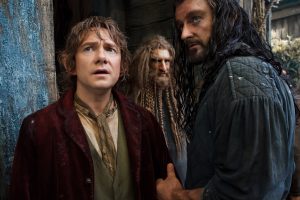
Highlights
- Benedict Cumberbatch as Smaug
- Benedict Cumberbatch’s portrayal of Smaug, both through motion capture and his voice performance, is mesmerizing. Smaug is a terrifying, intelligent, and incredibly charismatic dragon, and Cumberbatch brings a menacing yet alluring presence to the character. The visual effects used to bring Smaug to life are stunning, making the dragon one of the most memorable creatures in modern cinema.
- Visuals and Cinematography
- The Desolation of Smaug is a visually stunning film, filled with breathtaking landscapes, detailed set designs, and intense action sequences. The use of 3D and high frame rate enhances the visual experience, especially in the action scenes, such as the barrel escape and the battle with Smaug. Peter Jackson and his team once again bring the world of Middle-earth to life in a way that is both grand and intimate.
- Character Development
- The film delves deeper into the motivations and personalities of the dwarves, particularly Thorin, whose obsession with reclaiming Erebor begins to show signs of darker consequences. Martin Freeman continues to shine as Bilbo, capturing the character’s growth from a reluctant adventurer to a brave and clever hero.
- Tauriel (Evangeline Lilly) adds a fresh dynamic to the story, offering a strong female character who challenges the norms of the Elven kingdom and develops a complex relationship with Kili (Aidan Turner).
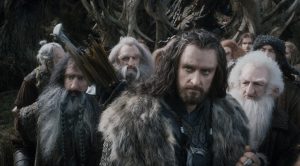
- Action Sequences
- The film is packed with exhilarating action, including the exciting barrel ride down the river and the confrontation with Smaug in the heart of Erebor. These action sequences are dynamic, fast-paced, and filled with tension, making for some of the most thrilling moments in the trilogy.
- The tension and danger continue to mount as the dwarves get closer to their goal, with the battle against the orcs in Laketown adding another level of suspense.
- Themes of Greed and Power
- As in the first film, the themes of greed and the corrupting power of wealth are central to the story. Thorin’s increasing obsession with the Arkenstone and his desire to reclaim Erebor at any cost set the stage for his internal conflict in the final film. This theme is reflected in the personalities of several characters, showing how power and treasure can lead to destruction.
Criticisms
- Pacing Issues
- Some critics have noted that while the film is visually spectacular, the pacing can feel uneven at times. The film spends considerable time setting up events for the final chapter, and while it’s filled with action, there are moments where the story slows down, especially with subplots that feel less essential to the main narrative.
- Addition of Subplots
- The introduction of Tauriel and the romance between her and Kili, while adding emotional depth, felt somewhat unnecessary to some viewers. These subplots divert from the main story and feel tacked on, especially considering they were not part of J.R.R. Tolkien’s original work.
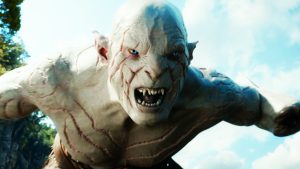
- The introduction of Tauriel and the romance between her and Kili, while adding emotional depth, felt somewhat unnecessary to some viewers. These subplots divert from the main story and feel tacked on, especially considering they were not part of J.R.R. Tolkien’s original work.
- Deviation from Source Material
- While The Hobbit films are an adaptation of Tolkien’s work, the decision to add extra material (such as the subplots with Legolas and Tauriel) has drawn criticism from purists who feel that these additions dilute the essence of the story and expand on elements that weren’t part of the original book.
Verdict
The Hobbit: The Desolation of Smaug is an exhilarating and visually stunning continuation of the trilogy, packed with memorable characters, exciting action, and remarkable performances. Benedict Cumberbatch’s Smaug is a highlight, and the film’s exploration of greed and the darker sides of its characters adds emotional depth to the adventure. While the pacing can be uneven and the added subplots may feel unnecessary to some, the film succeeds in setting the stage for a thrilling conclusion, keeping viewers engaged and invested in the fate of Middle-earth.
Rating: 8/10
